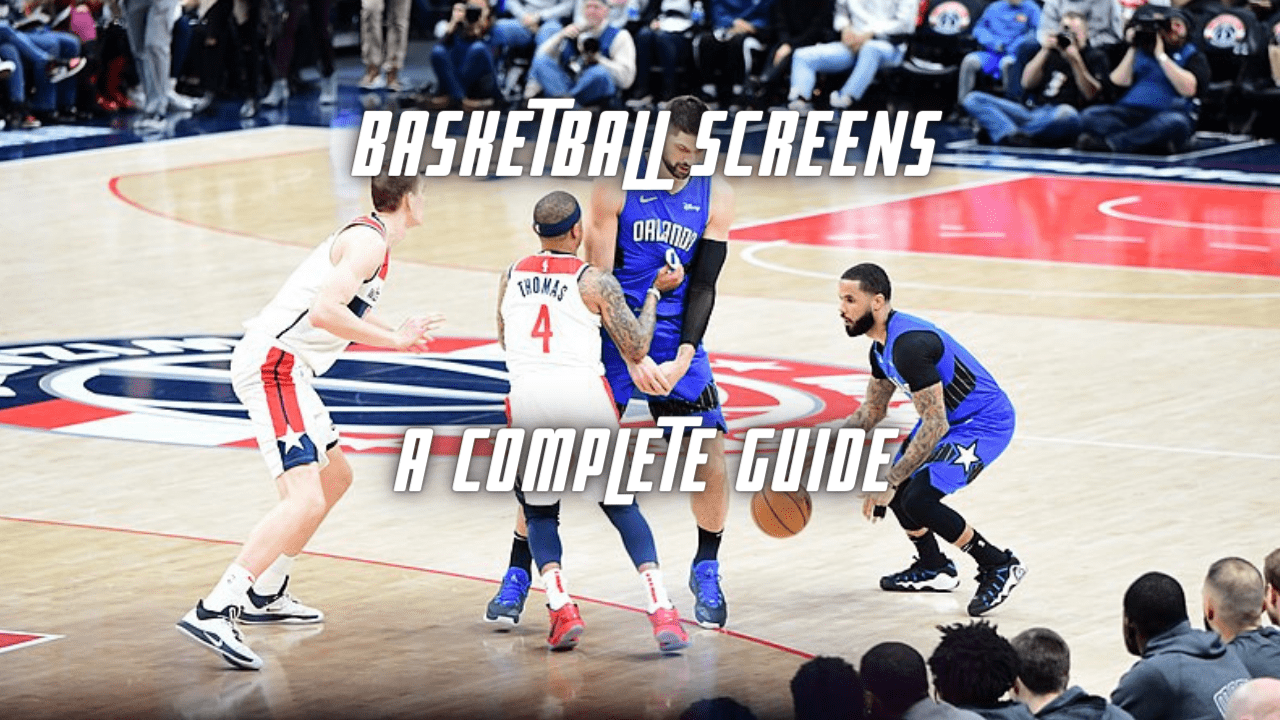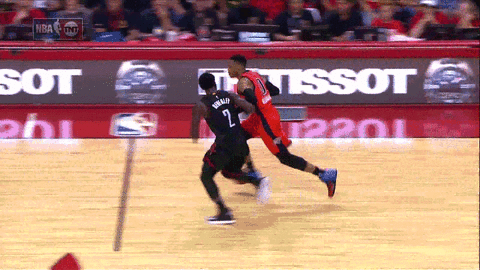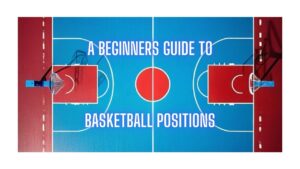
What Are Basketball Screens (Picks)?
Basketball Screen Definition and Purpose
In basketball, screens (pick) play a pivotal role in shaping offensive strategies and creating scoring opportunities. These fundamental maneuvers involve one player setting a solid obstacle in the path of a defender to impede their movement, allowing a teammate to gain an advantageous position or separation from their defender. Screens serve as the foundation for various offensive plays, enabling players to execute effective pick-and-rolls, off-ball cuts, and perimeter shooting opportunities. They facilitate player movement, create space, and force defensive adjustments, ultimately leading to open shots and scoring chances.
Understanding the nuances of screens is crucial for both players and coaches. It involves mastering the timing, angles, and positioning required to execute screens effectively, as well as the defensive techniques to navigate and counter them. By setting the stage for comprehending these intricacies, players can enhance their offensive efficiency and teams can develop cohesive strategies to outmaneuver opponents on the court. In essence, screens are not just physical obstructions, but strategic tools that can make or break a team’s success in the game of basketball. A team that utilises screens well with have a much greater offensive efficiency than if they did not.
Types Of Basketball Screen and Terminology
In basketball, screens come in various forms, each serving a distinct purpose in offensive schemes. Here’s a breakdown of some common types:
-
Pick-and-Roll (P&R):
- Involves a player setting a screen (pick) for the ball handler, who then uses the screen to attack the defense.
- The screener (traditionally a big man but not always) rolls towards the basket after setting the screen, creating scoring opportunities either for themselves or for the ball handler.
- The ball handler’s role is to read the defense and make decisions based on how defenders react to the screen, whether to drive, shoot, or pass.
-
Off-Ball Screens:
- Occur away from the ball, typically to free up shooters or cutters for scoring opportunities.
- The screener sets a screen for a teammate who is moving without the ball, allowing them to get open for a shot or a drive to the basket.
- The player using the screen must effectively use screens to create separation from their defender and capitalize on the scoring opportunity.
-
Flare Screens:
- Involve a player setting a screen for a teammate who is drifting towards the perimeter.
- The screener aims to create space for the shooter by impeding the defender’s path, enabling the shooter to receive the ball in a favorable position for a jump shot.
- The shooter’s role is to use the screen to quickly establish position and prepare for the catch-and-shoot opportunity.
-
The Vertical Screen
- This is often also referred to as a down screen or an up screen depending on the direction it goes
- A down screen will have a teammate screening down from the high post or perimeter down to the low post man
- A up screen has the opposite, a teammate screening from downlow to up top or to the perimeter
-
Blind Screen
- Blind screens are also known as “back pick”, “blind pick” or “back screens” occur when a defender runs into a screen that they did not know was there. Due to this nature, these screens are typically performed from behind.

How To Set Good Basketball Screens
There are multiple things the offensive player should aim to do if they want to set good screens to open up their teammates. If you want to get better at screening in basketball you should:
- Approach your target with the correct timing, if you mess your timing up you may miss your window to set the screen or compromise your teammates spacing.
- When setting the screen your feet should be about shoulder length apart so you have a wide base which will help you for absorbing the impack of the screening action.
- Hands can go across chest/groin or straight up, you cannot put your hands on an offensive player during a screen.
- The screener should have his feet set and be stationary or they will be called for a moving screen foul and possession will be lost to the other team.
- Body should be straight up vertically, if you lean forward or lean back you are likely to get called for an offensive foul
- Square your body with their shoulder, by keeping the shoulder in line with your center of mass you can ensure a good solid screen.
- After setting the screen the screener needs to either cut to or away from the basket and/or open up to the ball to recieve a pass, this way the screener is still a threat to the defense after the screen is set.
For all of this to occur succesfully the ball handler also needs to effectively communicate with his team and not move to soon before the screen is set which is a common mistake among newcomes to the game.
If you enjoyed this primer about basketball screens why not check out Why Is Rebounding Important In Basketball



